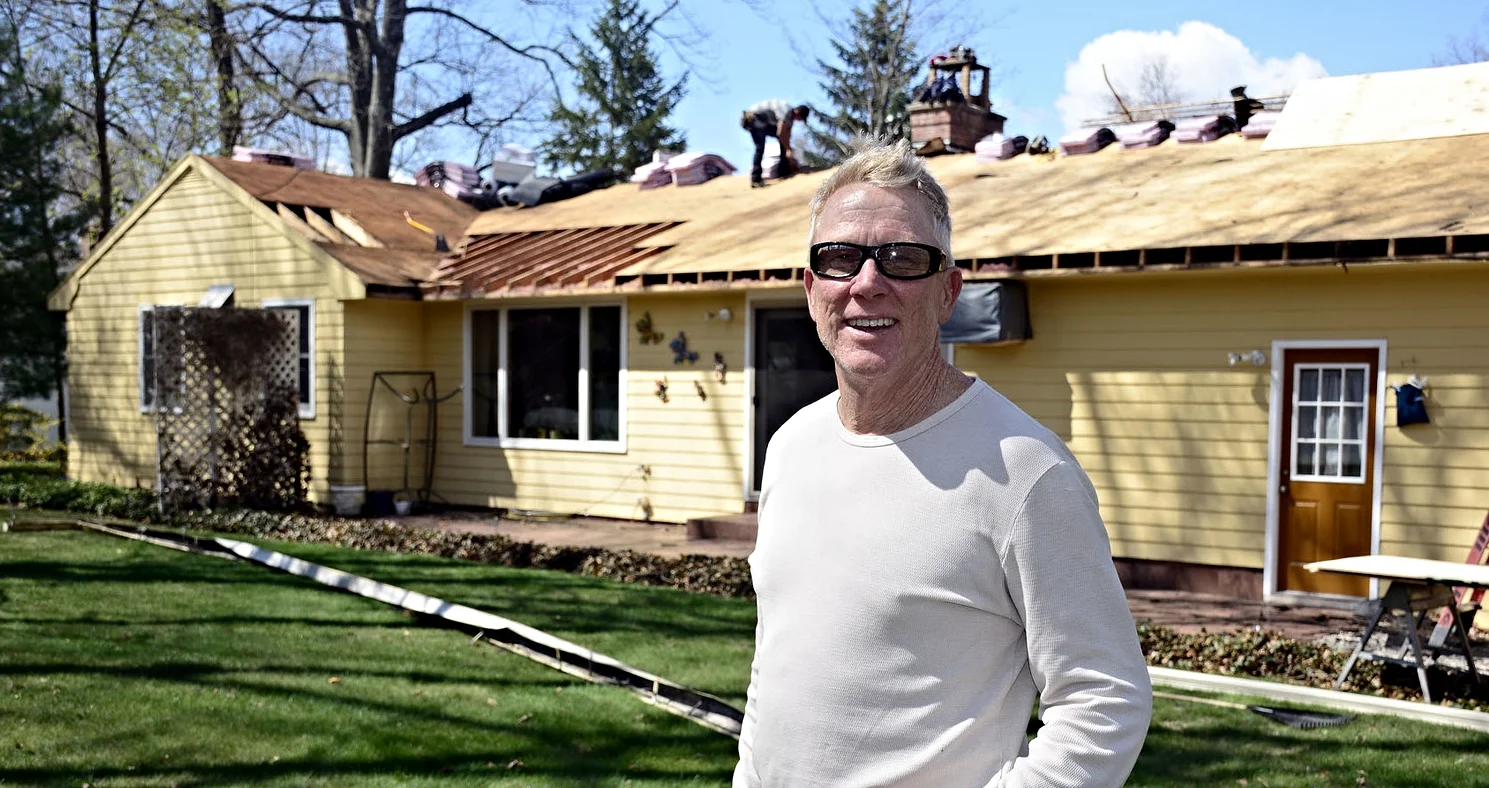Trend Alert - Skylights Are Making a Comeback
Chelsea O'Donnell
Lately, I have had a lot of requests from homeowners who want to cover up their skylights. Once enjoyed for extra sun and brightness, people are becoming increasingly worried that skylights let too much heat and air escape and they believe that covering them over will be less costly than replacing them. While skylights were once the cherry on the top of a contemporary design, they now seem to be falling out of fashion. So what’s the deal on this once must-have home trend? Let’s take a closer look.
Residential skylights became popular several decades ago as people craved more natural light-filled spaces, especially in home styles with high ceilings. The luxury of being able to see the clouds became a bit of an interior design status symbol and their popularity skyrocketed. But today, as homeowners are having to replace their 30-year roofs, the idea of skylights aren’t as appealing as they used to be. In fact, many people think that closing their skylights up would be cheaper than replacing them. Unfortunately, what many homeowners don’t realize is that the work involved in properly covering a skylight is actually much more of an expense than it’s worth.
Today, there are tons of new options to make skylights more versatile than ever before. Many now come with solar panels to maximize energy efficiency and some also offer inclement weather sensors, enabling them to close automatically when the first raindrop hits. Speaking of closing, one of my favorite features of a skylight is the ability to let fresh air in, which contributes to a home’s balance of moisture and overall ventilation. This also enables humidity and stale air to be released, creating a more comfortable natural air flow.
Many people who once loved the idea of skylights now complain that they can’t control the light, which is luckily a problem of the past. Today’s blinds include total blackout and filtering options which are often controlled remotely through solar batteries that don’t need to be hard wired. This gives homeowners much more flexibility in terms of controlling the light that comes into their homes, making skylights a fully customizable feature.
Lastly, of course, there is the question of energy efficiency. About 10 years ago, a law was passed allowing homeowners to receive a tax credit on the purchase and installation of renewable technology products, which means that certain skylights might get you a solar energy rebate of up to 30%. Of course, it’s important to do your homework to ensure that the product you're considering will qualify before you make the purchase.
So before you go trying to patch up the holes in your roof and ceiling, have a look at all the new options available for skylights. Between the versatility, energy efficiency, and the beauty of natural light, this once popular and nearly dying trend is getting ready to see a major resurgence.
Bob O’Donnell is the owner of O’Donnell Bros. Inc., a Bristol-based home improvement company established in 1975. Email your questions to info@odonnellbros.com with the subject line “Ask the Pro.” All questions may be considered for publication. To contact Bob for your remodeling needs, call O’Donnell Bros. Inc. at (860) 589-5155 or visit http://www.odonnellbros.com. Advice is for guidance only.
